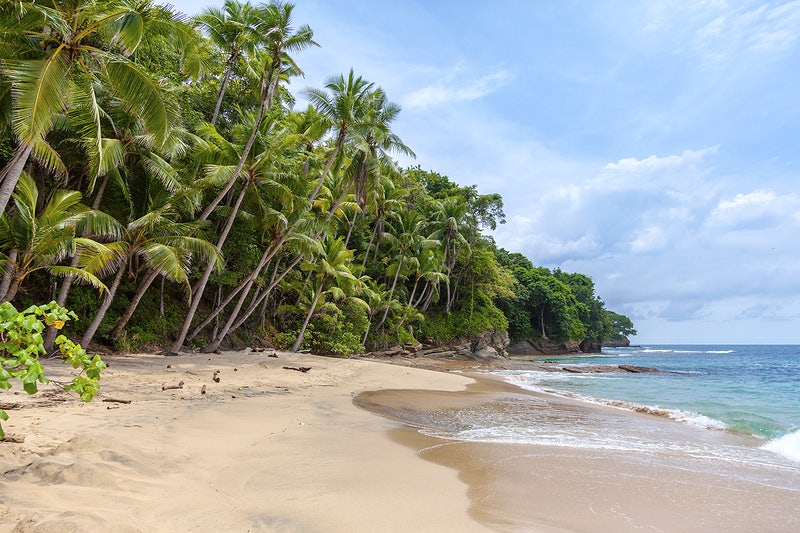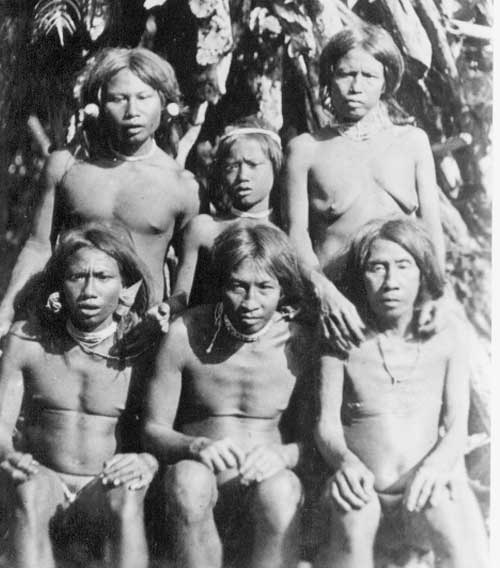Hidden in the blue waters of the Bay of Bengal, North Sentinel Island is one of the most secretive and restricted places in the world. Even though it belongs to India, normal Indian laws don’t really apply there. This small island, about 60 square kilometers in size and covered with forest, is home to the Sentinelese tribe—a group of native people who strongly avoid any contact with outsiders.
Who Restricts Access and Why?
The Government of India has completely banned access to North Sentinel Island, following the Andaman and Nicobar Islands Protection of Aboriginal Tribes Act, 1956. This law stops anyone from going within 5 nautical miles of the island. The rules became even stricter after several people lost their lives while trying to contact the Sentinelese tribe.
These strict rules are in place for two important reasons:
To protect the Sentinelese tribe from outside diseases and harm. Since they’ve never been exposed to modern illnesses, even a common cold could be deadly for them.
To protect outsiders, because the tribe is known to defend their land fiercely using bows, arrows, and spears.
These safety measures are managed by India’s Ministry of Home Affairs and fall under the control of the Union Territory of Andaman and Nicobar Islands.

Why Is the Island Restricted?
The Indian government has imposed strict rules to protect both the Sentinelese tribe and outsiders. According to the Andaman and Nicobar Islands (Protection of Aboriginal Tribes) Regulation, 1956, it’s illegal to come within five nautical miles of North Sentinel Island. This law aims to prevent the introduction of diseases to which the Sentinelese have no immunity and to respect their desire for isolation.
These measures are enforced by India’s Ministry of Home Affairs and the Union Territory of Andaman and Nicobar Islands. Violating these laws can lead to serious legal consequences. For instance, in March 2025, an American YouTuber was arrested after illegally entering the island and attempting to contact the tribe, highlighting the strict enforcement of these protections .
Who Lives There?
The Sentinelese tribe is believed to be one of the oldest and most isolated communities in the world. Experts think they are direct descendants of the first humans who migrated out of Africa nearly 60,000 years ago. Because they live in complete isolation on North Sentinel Island, no one knows the exact number of people in the tribe, but estimates suggest there may be between 50 to 150 individuals.
You can learn more about their history and origin from National Geographic and BBC.

Who Are the Sentinelese?
The Sentinelese are among the world’s most isolated communities. Believed to have inhabited the island for over 60,000 years, they have consistently resisted contact with outsiders. Their population is estimated to be between 50 and 150 individuals, but exact numbers remain unknown due to their seclusion.
Their Way of Life: Survival Without the Modern World
The Sentinelese people live a completely self-sufficient life. They:
Hunt with bows and arrows
Fish with spears
Gather fruits, tubers, and coconuts
Build huts from natural materials
They do not have agriculture, metal tools (except what washes ashore), or any form of currency. There is no known concept of finance or employment. Their economy is purely subsistence-based, and they seem to rely entirely on the island’s natural resources and the sea.
There is no external supply of goods or aid. In fact, the tribe rejects any such interaction. Attempts to offer food or gifts have mostly been met with hostility or indifference.
Why Is It Dangerous?
The Sentinelese have made it clear for decades—they do not want contact. Anyone who tries to set foot on their island risks death. Their hostility isn’t just instinctive; it’s likely a protective response from generations of avoiding outsiders who could bring disease or harm.
Notable incidents highlight the danger:
In 2006, two fishermen were killed after their boat accidentally drifted too close to the island.
In 2018, John Allen Chau, a 26-year-old American missionary, was killed after he illegally attempted to preach Christianity to the tribe. Despite his intentions, the tribe perceived him as a threat and killed him shortly after he landed.
These cases reinforce the Indian government’s decision to enforce a no-contact policy, even choosing not to recover bodies of those who die on the island, to avoid further conflict.
Government's Stance and Future Plans
India’s current approach is one of “hands-off preservation.” The government has stated it has no plans to interfere with the Sentinelese way of life or force assimilation. They are committed to letting the tribe live in peace and isolation. Even the Indian Navy and Coast Guard regularly patrol the waters to ensure no one breaches the exclusion zone.
In 2018, the Home Ministry relaxed rules for visits to several tribal islands, but North Sentinel remained off-limits, indicating the government’s continued commitment to protecting this unique human heritage.
A Living Mystery
North Sentinel Island remains a place lost in time. In a world where almost every inch of land has been mapped, explored, or colonized, this island represents true human isolation and resistance to modernity. It’s a reminder that not all knowledge should be pursued, not all peoples need saving, and not every place is ours to explore.
The story of North Sentinel is more than just one of danger—it’s one of respecting boundaries, human diversity, and the right to live untouched by globalization.
Conclusion
North Sentinel Island remains a testament to human resilience and the desire for autonomy. The Indian government’s protective measures ensure that the Sentinelese can continue their way of life undisturbed, serving as a reminder of the importance of respecting the boundaries and choices of indigenous communities.
Related Keywords
North Sentinel Island, Sentinelese tribe, restricted islands in India, uncontacted tribes, North Sentinel Island ban, John Allen Chau incident, Indian tribal protection law, Andaman and Nicobar tribes, Sentinelese lifestyle, forbidden islands of the world
